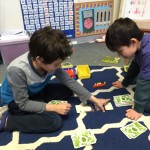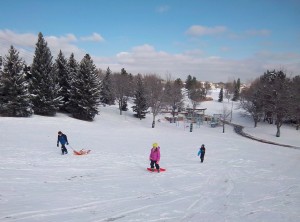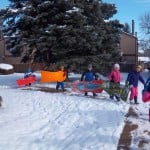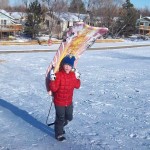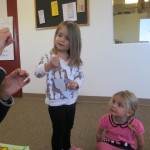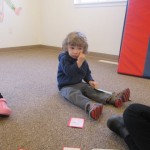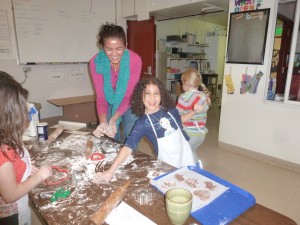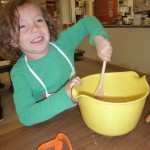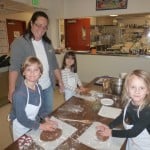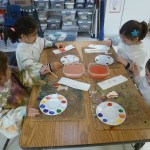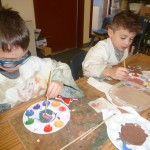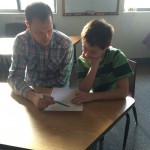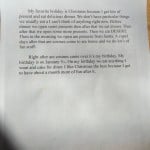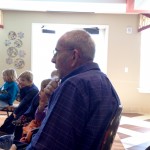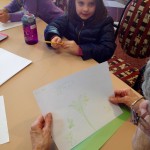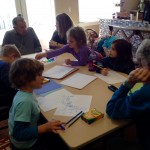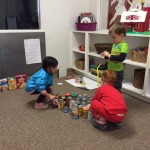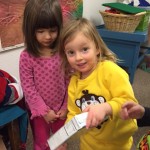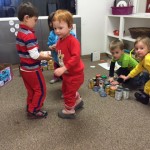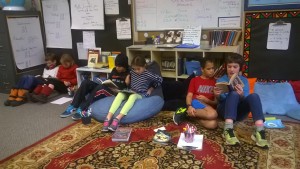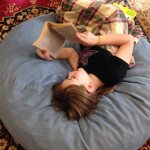Dear Members of the Bixby Family:
The holiday season always causes me to reflect on the past year and the year ahead with thanks that both our republic and myself have survived another year with some modicum of dignity. Particularly, after one has surpassed the biblical cutoff of three score and ten, the gratitude becomes more pronounced with each passing year! I am hopeful our republic will somehow prosper after another presidential election in 2016 as we have the many before.
After a year of retirement when I believed my formal labors were done, the Bixby Board of Trustees gave me the opportunity to be a part of this school. It has been a wonderful adventure for me and I am truly grateful they did so. I was fortunate during my time in Aspen to meet and listen to the Dalai Lama while this insightful man spoke of his life and philosophy for living. Yes, our children are entering into a world far different from my fifth grade in Vermont so many years past, but it seems that “the test” whether it be for state standards, college, graduate school, and, in many cases, employment has loomed larger and larger as a measurement of self worth and educational honor. The Dalai Lama’s observation on education has always remained with me.
“My hope and wish is that one day, formal education will pay attention to what I call ‘education of the heart.’ Just as we take for granted the need to acquire proficiency in the basic academic subjects, I am hopeful that a time will come when we take for granted that children will learn, as part of the curriculum, the indispensability of inner values: love, compassion, justice, and forgiveness.”
From my three months here, that “one day” is now at Bixby and is evidenced each day by the wonderful adult professionals who have dedicated themselves to your children. That dedication goes far beyond the immediacy of the classroom and is truly wondrous to observe. I consider it a privilege to be a small part of it. Indeed, I have never seen this in the eight schools where I previously attended as a student, teacher, administrator, and headmaster.
My Dad was a most successful teacher and business entrepreneur who lived a full and productive eighty- eight years. He wrote a brief essay outlining why he was thankful which I think is certainly appropriate for all families at this most family time of year. I pass it along with the hope it will cause you to take a moment for reflection as we are so fortunate to live in this beautiful area of the world.
I am thankful for the joy of friendship;
For the beauty of our surroundings:
The mountains, the skies and clear waters,
And the life that teems around us in the woods.
I am thankful for the love of doing things,
For active bodies and minds alert.
For the excitement of something new
And the comfort of things that are old.
For all these I give my thanks;
For the quiet of the evening when the day is done,
The restfulness of night,
The glory of starry skies, The new life which comes with spring showers,
For my mother and father who have given me a home,
And the trials which help me to know myself.
For all these I give my thanks.
May I extend from us here best wishes for a joyous season to you and yours.
John Suitor
Interim Head of School



